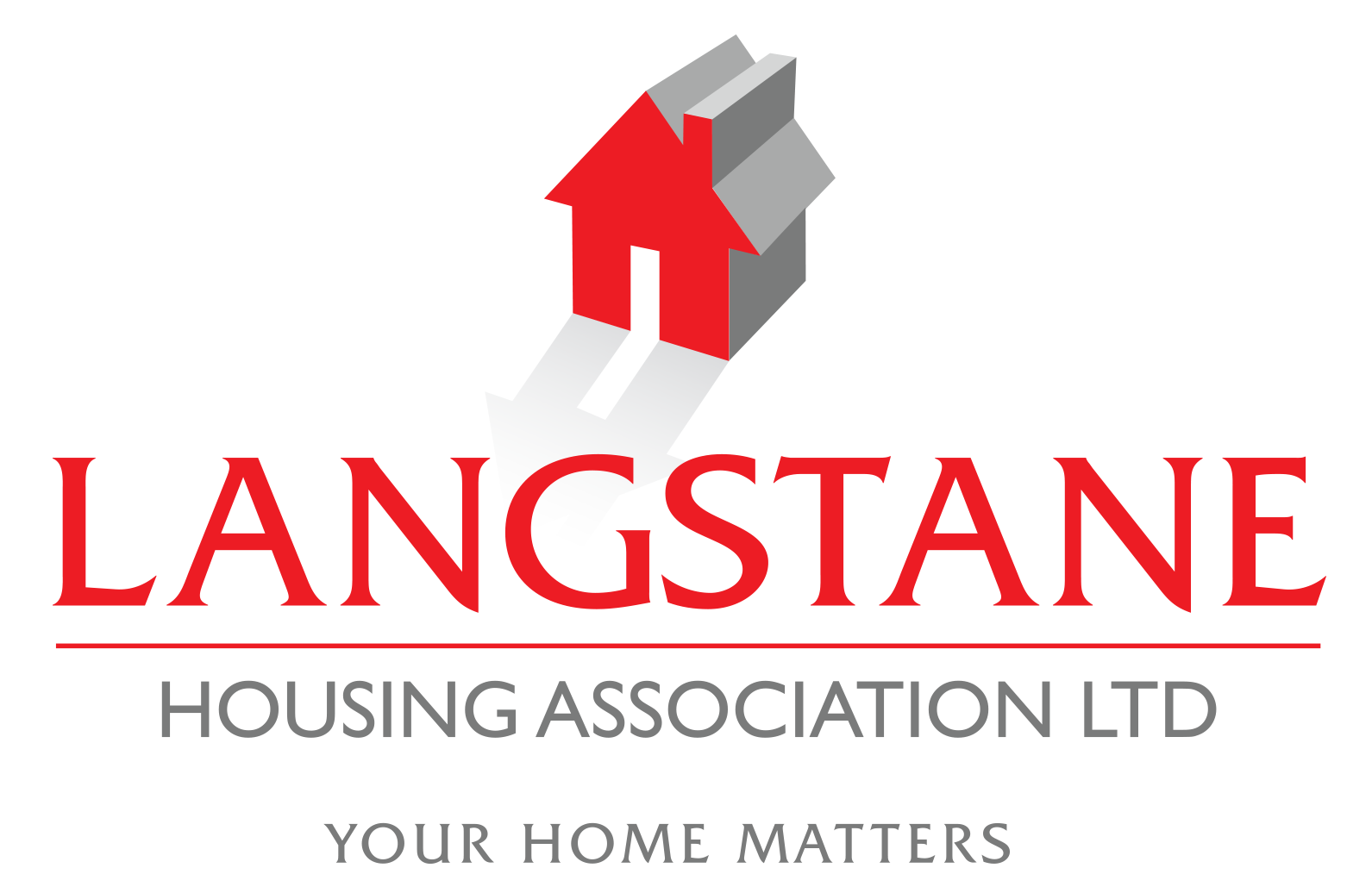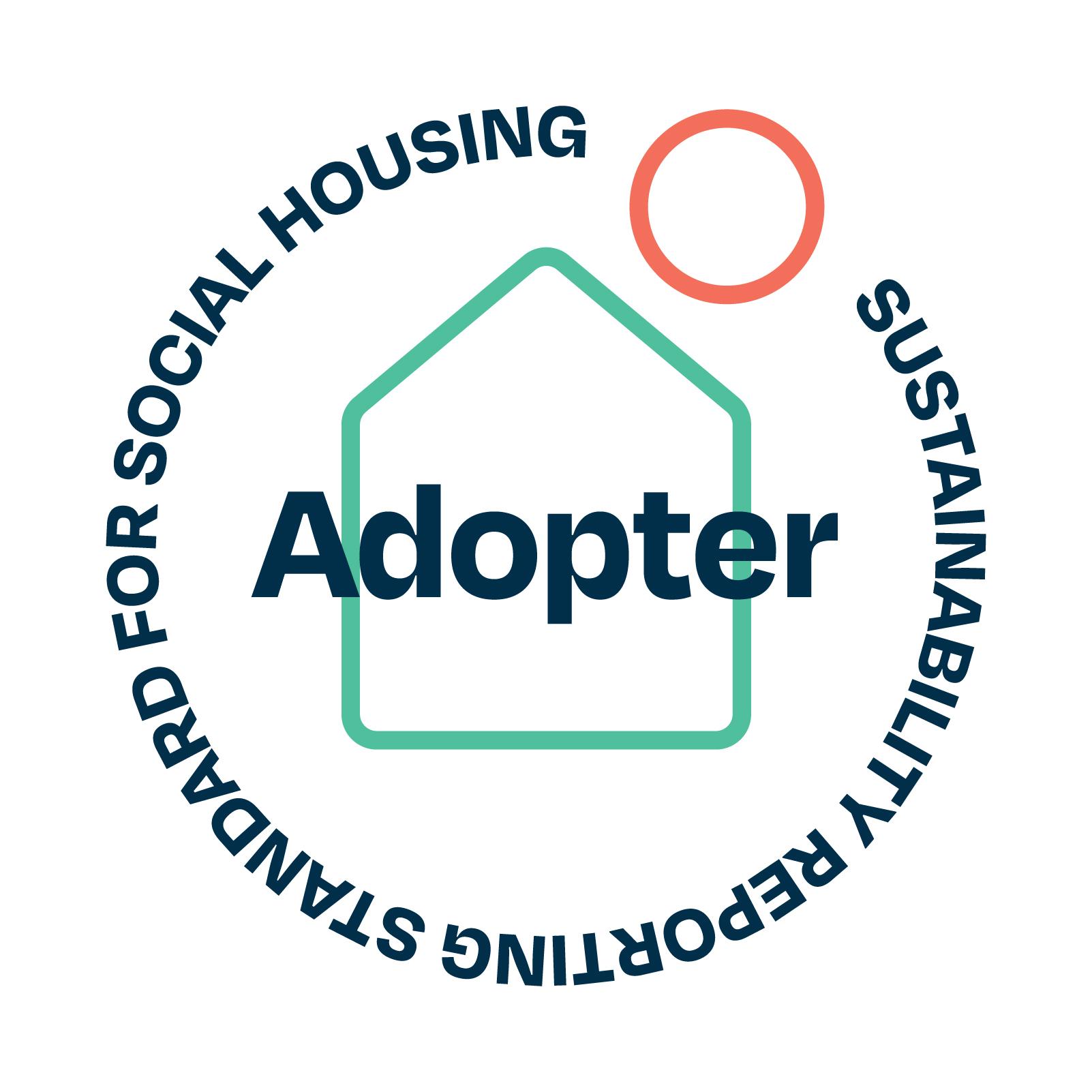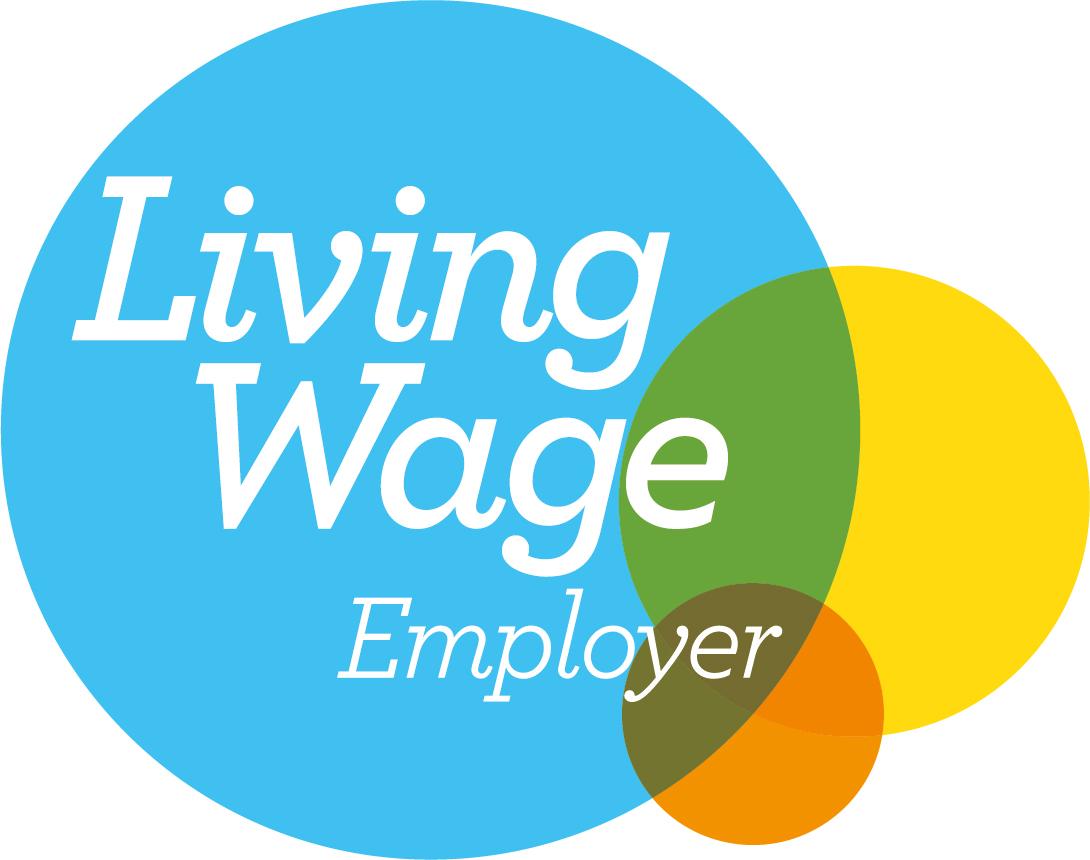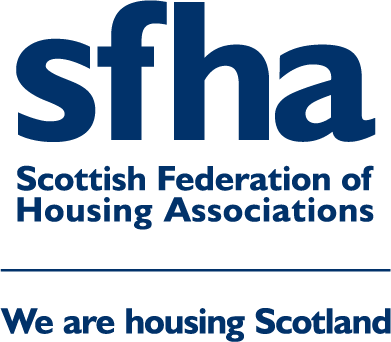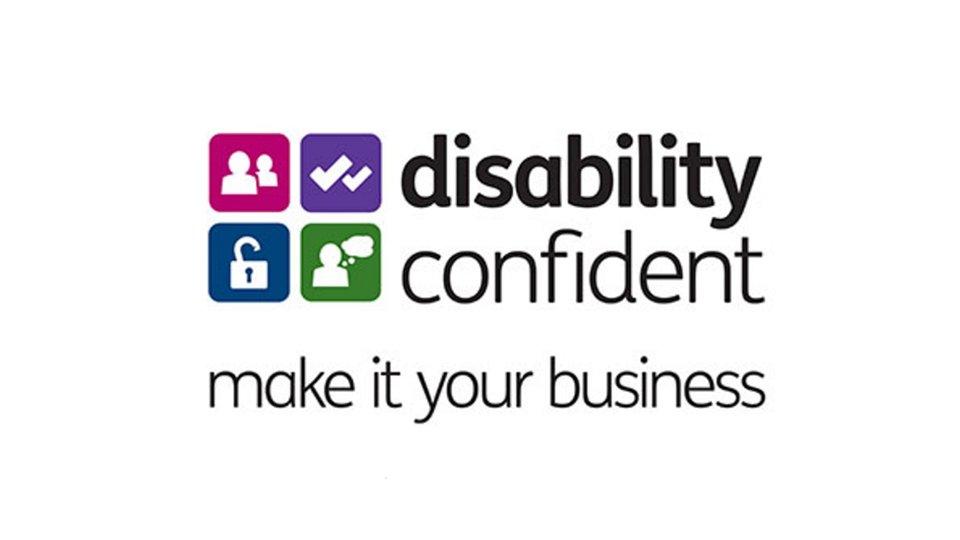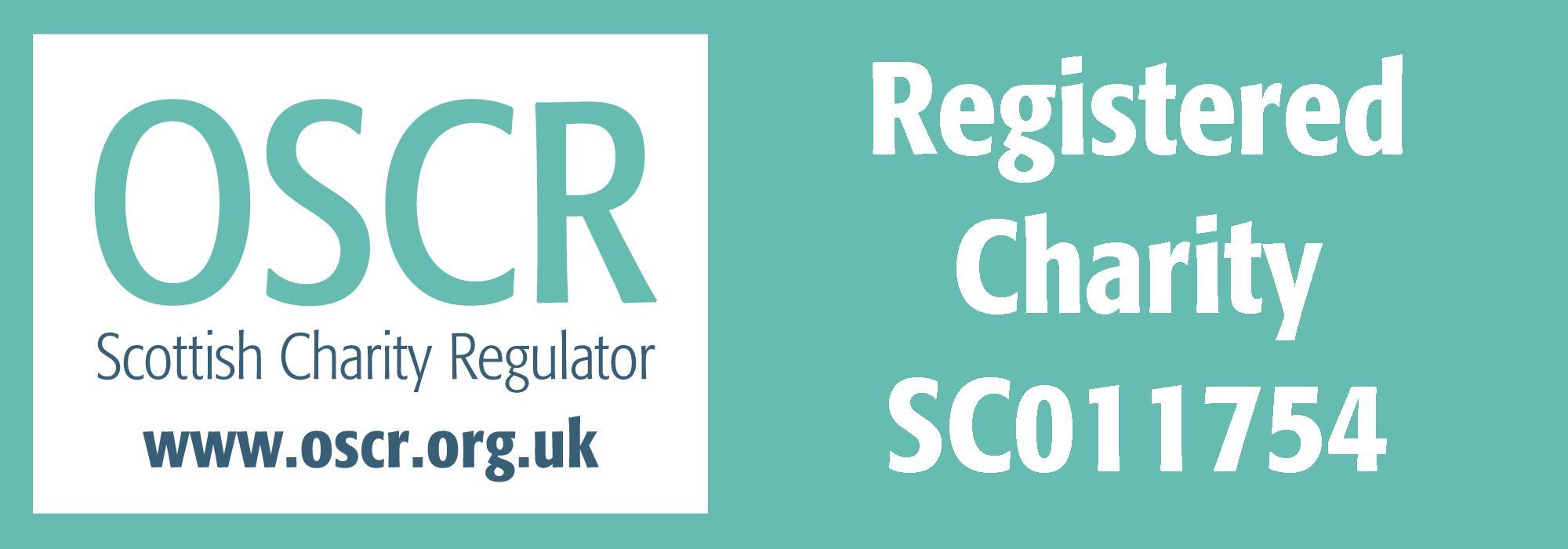Legionella bacteria in water systems can cause a pneumonia-like illness called Legionnaires disease as well as other less serious conditions.
Legionella bacteria are widespread in natural water systems such as rivers and ponds, however the conditions are rarely right for people to catch the disease from these sources. Outbreaks of the illness are more likely to occur from exposure to the bacteria in man-made systems where water is maintained at a temperature suitable for bacteria to multiply – usually between 20 and 45C. Legionella bacteria are killed by temperatures of 60C and above.
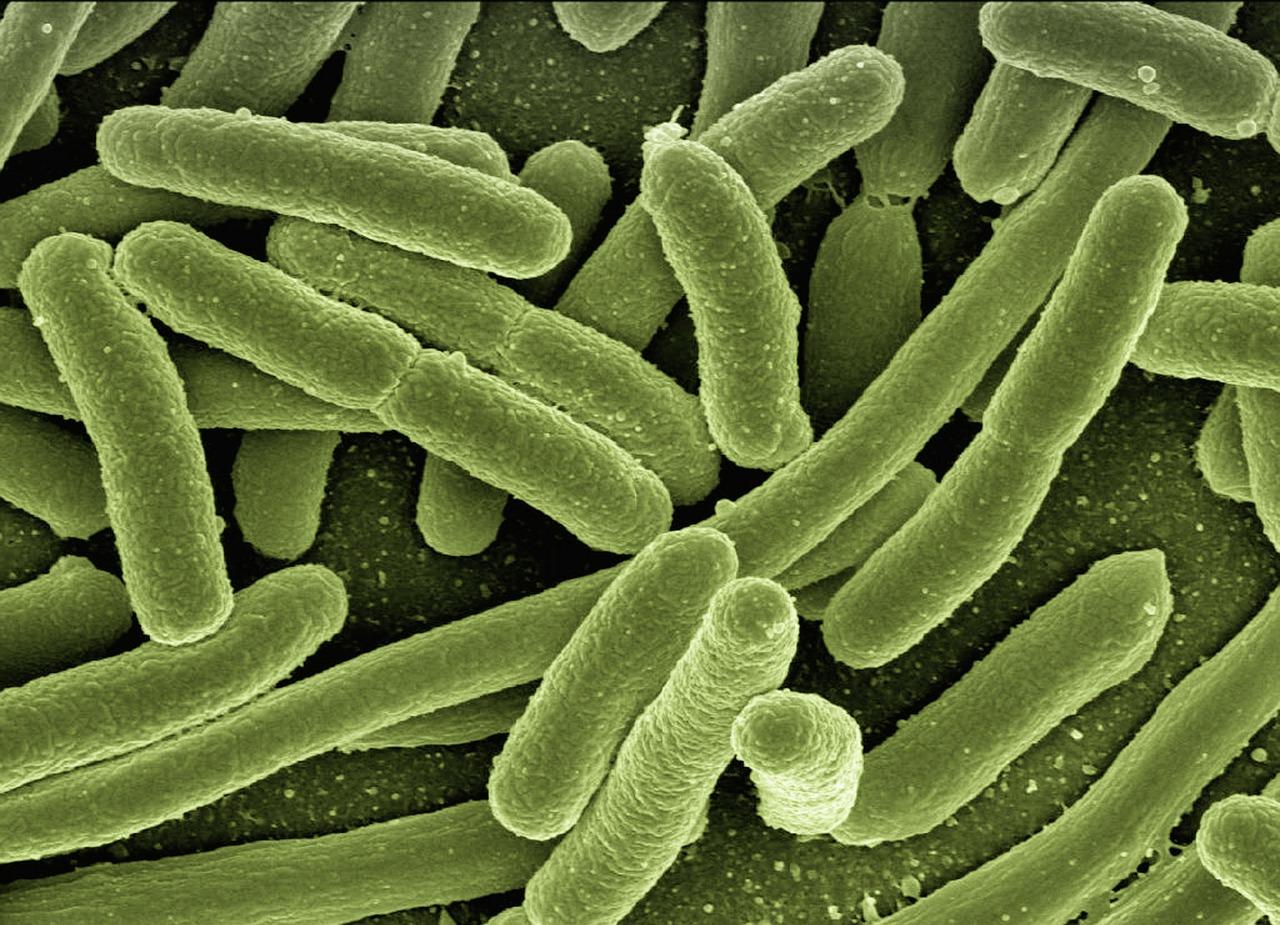
Domestic hot and cold water systems can provide a suitable environment for legionella bacteria to grow.
People contract legionnaires disease by inhaling small water droplets (aerosols) containing the bacteria which are released into the air by, for instance, running a tap or shower.
Everyone is susceptible to infection but some people are at higher risk including:
- People over 45 years of age
- Smokers and heavy drinkers
- People suffering from chronic respiratory disease or kidney disease
- Anyone with an impaired immune system
Downloads
| File Description | File | Size |
|---|---|---|
| Gas Safety | 179KB | |
| Gas Safety Policy | 188KB | |
| Fire Safety Guide | 205KB | |
| Electrical Safety Guide | 255KB | |
| Legionnaires Disease Guide | 212KB | |
| Asbestos Guide | 170KB |
What you can do
Regularly used water outlets (taps, showers etc.) pose much less risk of legionella than water outlets that are rarely used. Try to ensure that all water outlets in your home are run at least once a week.
If you have been away from your home for a while, for instance to go on holiday, flush the whole system for two minutes or more. First, flush your toilet then let kitchen taps and hand basin taps run for two minutes or more to let both hot and cold water pass through. Next run the shower and then finally let any remaining taps run for two minutes.
It is important to avoid breathing in water droplets while you are flushing your water system – the easiest way to do this is to wear a mask.
Using the shower regularly will reduce the risk of legionella but it is also recommended that the shower heads are cleaned every 3 months. To do this:
- Remove the shower head from the hose and soak for an hour in a bucket of warm water and white vinegar, or use diluted Milton fluid
- Use a soft toothbrush or cloth to gently rub the shower head and remove any limescale
- Repeat if necessary until the shower head is clean
- Rinse the shower head and reinstall, being careful to replace any rubber washer
Legionella is a greater risk in water between 20°C and 45°C. If, after a minute of running, your hot water doesn’t feel hot enough, or your cold water feels unusually warm let us know.
If you have thermostatic mixing valves fitted to taps your hot water will run at a lower temperature (usually a maximum of 43°C) so if you want to do an additional check on the hot water temperature you can check the temperature setting on the boiler control panel or, if you have a hot water tank, on the tank thermostat. The minimum temperature setting for hot water at the boiler or tank should be 60°C.
For cold water, legionella bacteria are dormant below 20°C so cold water should run at less than 20°C after a minute. You can check by holding a thermometer in the running water and recording the temperature after two minutes.
If you have any concerns about your water temperatures, contact our Customer Service team
Get in touch with us if you have any concerns about your water quality including:
- Temperature issues – your hot water isn’t hot enough or your cold water feels warm
- Your water has deposits in it such as rust, sludge or organic material
What we do
We carry out a desktop risk assessment of all of our properties to identify any properties which are at increased risk of legionella. When we risk assess a property we take into account:
- The heating type
- Complexity of the water system
- Any shared water systems – for instance a shared tank that serves more than one property
- The use of the property
- How frequently the property is used
We then classify properties as either low risk, medium risk or high risk.
We generally classify our normal domestic properties as low risk. That means that there is no requirement to carry out specialist checks and test of water but we do carry out some ongoing measures including:
- Checking to ensure any cold water storage tanks have tightly fitted lids – this is usually done each time the property is empty
- Checking temperature controls for hot water systems which is done during the gas service visit.
- Identifying and removing any redundant pipework – this is normally done when the property is empty
- Providing advice regularly in tenant newsletters
Some of our properties are classified as medium risks. These are generally Houses in Multiple Occupancy (HMO’s) or supported accommodation properties or have shared heating or water systems. For medium risk properties we employ the services of an accredited water hygiene contractor to prepare a property specific written scheme of control for the property and to carry out any tests and checks that are required in the scheme.
Langstane does not have any high risk properties. These would normally be properties with cooling towers or wet air conditioning systems such as healthcare buildings.
Water systems are at additional risk of legionella if they are not used regularly which means that our empty properties are higher risk than properties which are lived in.
To reduce the risk of legionella in empty properties we:
- Ensure water outlets such as taps and showers are run weekly
- Remove the shower head and disinfect or replace before the new tenant moves in
- Flush the system through completely, immediately before a new tenant moves in if the property has been empty for longer than two weeks
- Drain down the water system if the property is empty for longer than three weeks
- Check that cold water tanks have tightly fitted lids
- Identify any redundant pipework and remove
- Check that hot and cold water systems meet safe limits
- Service thermostatic mixing valves (TMVs)
